Advanced electron microscopy and first principles calculations reveal atomic motifs at the oxidized surface of superconducting tantalum film.

news, journals and articles from all over the world.
DOE science news, Department of Energy, Office of Science US gov.

Advanced electron microscopy and first principles calculations reveal atomic motifs at the oxidized surface of superconducting tantalum film.

Theorists propose nucleon energy-energy correlator as a probe to the gluon saturation phenomena at the future electron-ion collider.

Scientists develop a new method to characterize the properties of one of the four fundamental forces of nature.

Assessing the genomes of soil bacteria around the globe, researchers identified three dominant life strategies linked to different types of soil.
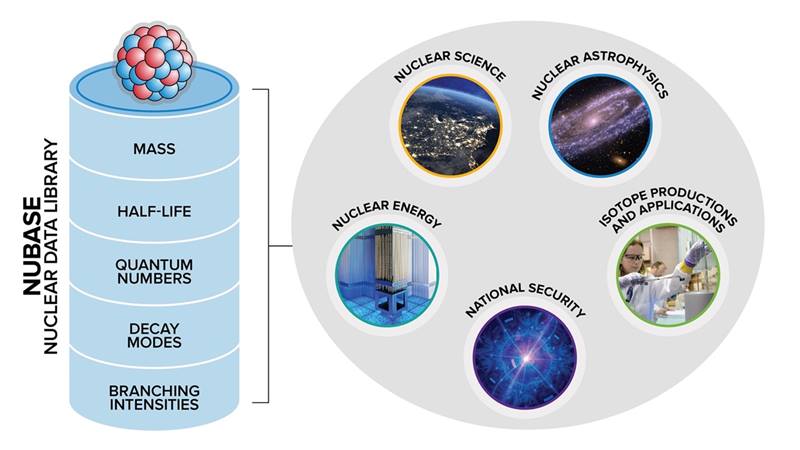
Scientists in nuclear physics, astrophysics, energy, national security, and medicine use a source of recommended nuclear data to advance their research.
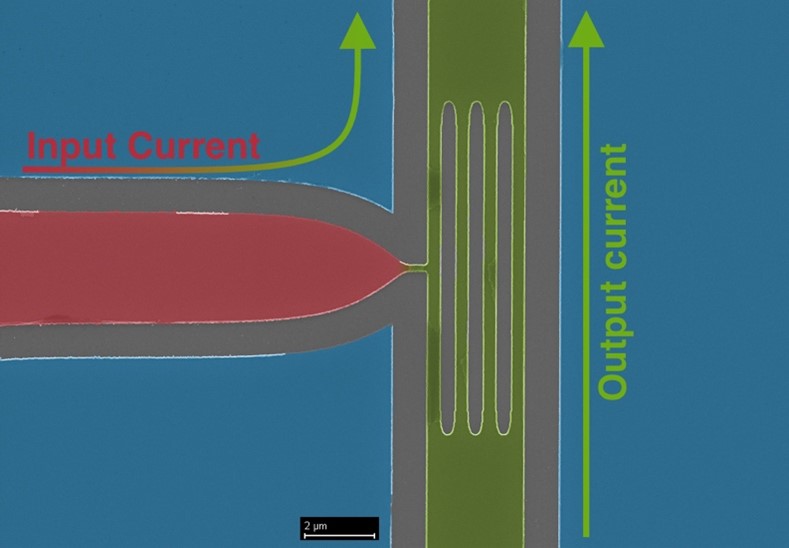
Scientists test a novel design for superconducting switches in magnetic fields.
NASA engineers are leveraging DOE’s powerful supercomputers to simulate decelerating a large spacecraft in Mars’ atmosphere.
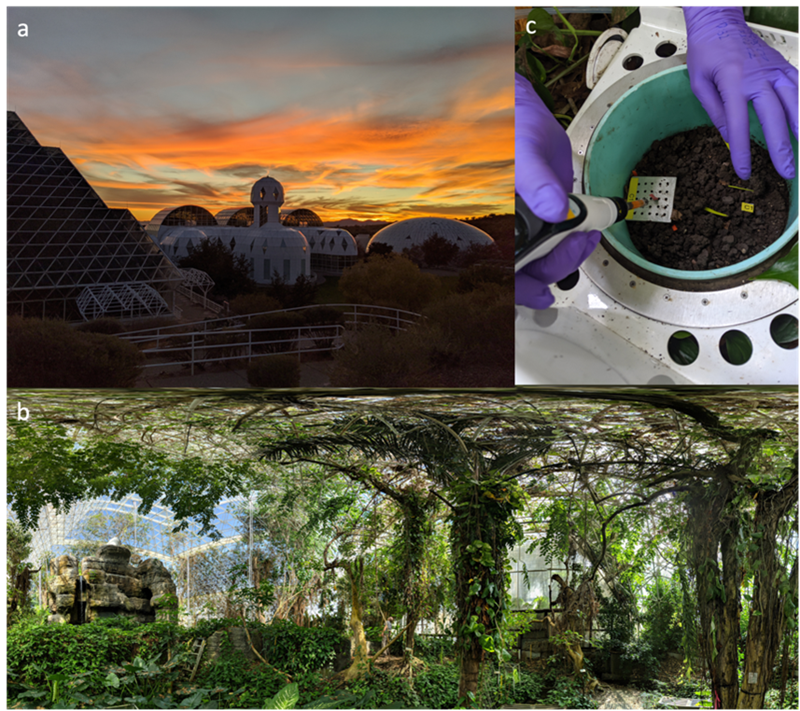
In a warmer world, microbes in drought-stricken soils convert less carbon to carbon dioxide and more to volatile intermediates.

The floating block method provides the tools to compute how quantum states overlap and how to build fast and accurate emulators of those systems.
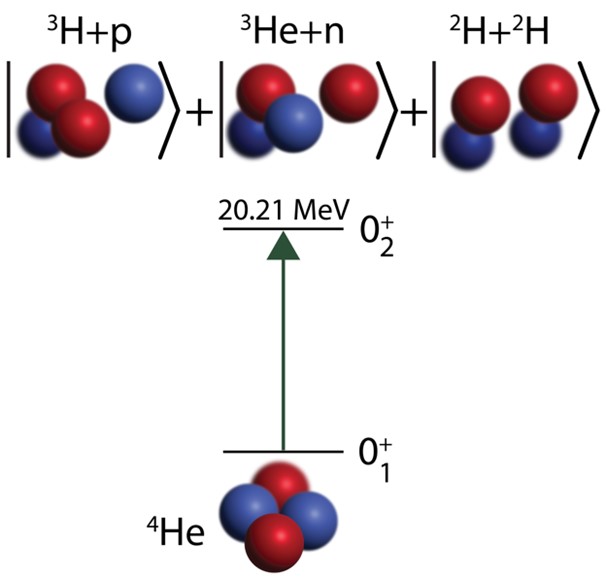
A new experimental measure of Helium-4’s transition from its ground energy state to an excited state closes an apparent gap with theoretical predictions.
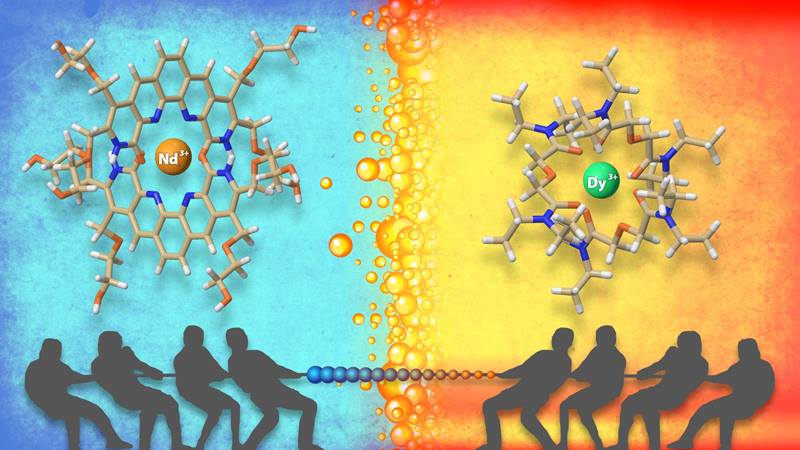
Opposing teams of water-loving and oil-loving molecules separate metals called lanthanides that are important in developing clean energy technologies.
A team from DOE’s national labs has finished building the Legacy Survey of Space and Time Camera, which will take unparalleled images of the cosmos.
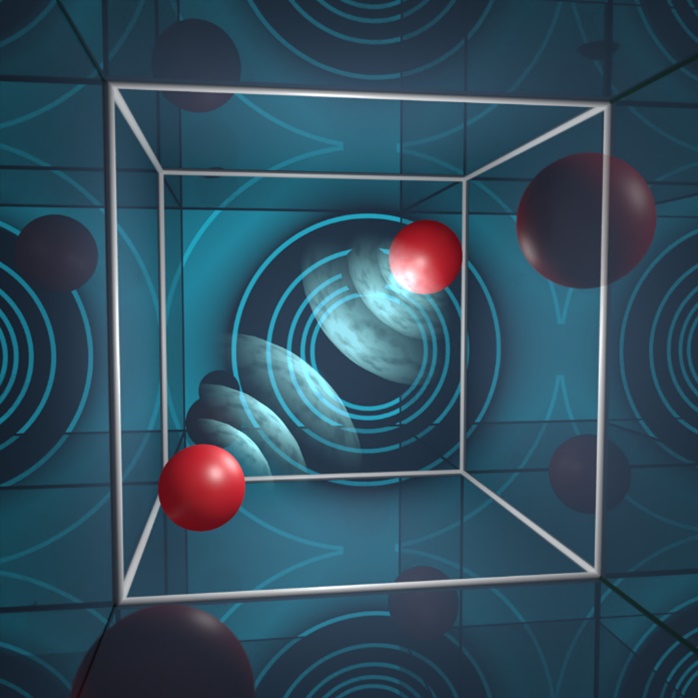
Finite geometry reveals fundamental properties of charged quantum systems.
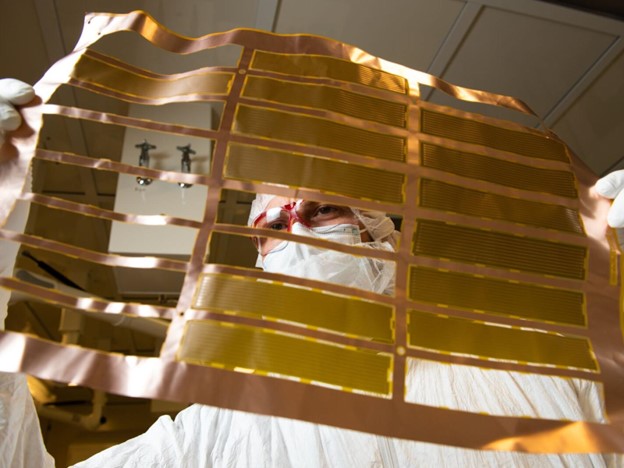
Researchers design ultra-low radiation cables to reduce background noise for highly sensitive nuclear decay and dark matter detectors.
As I depart the Office of Science to return to my academic position, I would like to take a moment to reflect on the amazing things we’ve done together over the past two years.
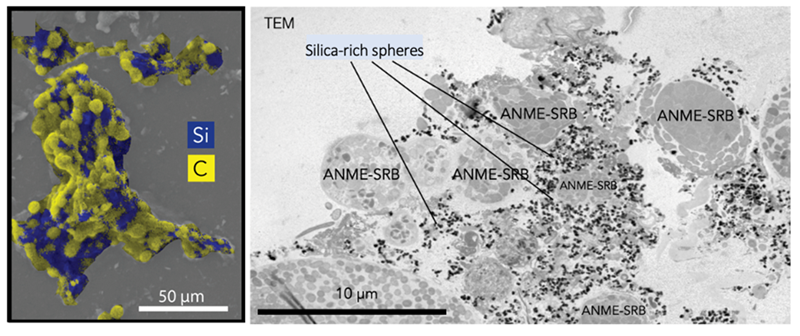
Microorganisms and their metabolisms help silica to mineralize near deep ocean methane seeps.
Scientists are developing simulations of the universe and its evolution that take advantage of new, powerful exascale supercomputers.
Federal science agencies must foster a diverse STEM workforce with a broad range of expertise, backgrounds, experiences, and perspectives.
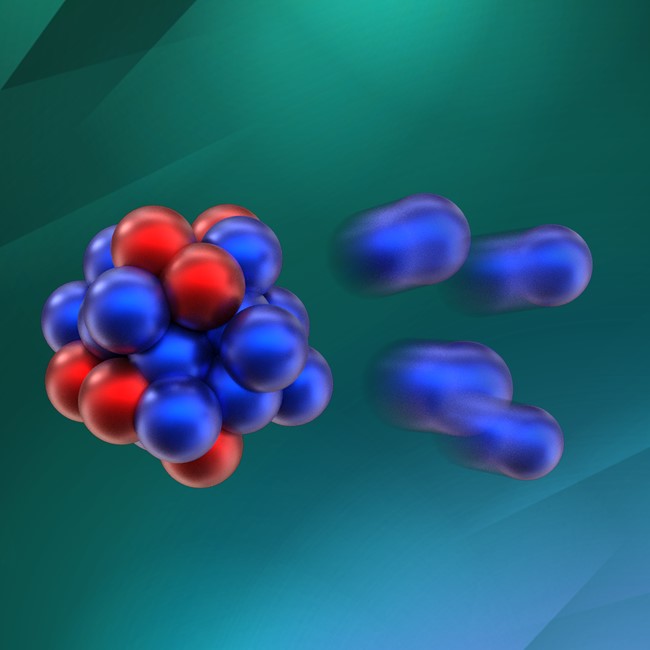
An almost-bound isotope of oxygen undergoes four-neutron decay that challenges theory.
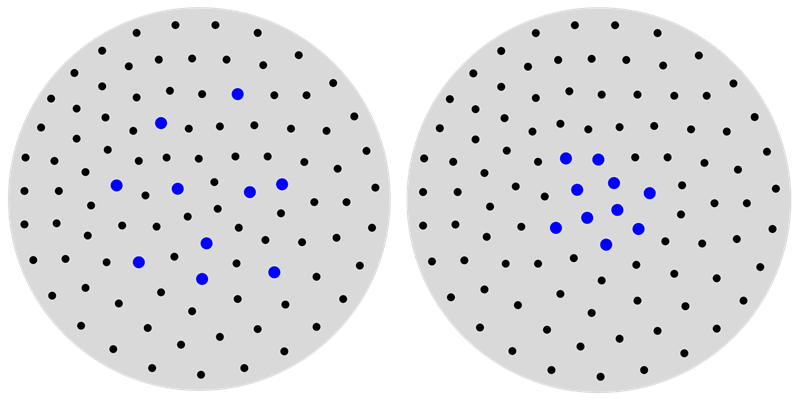
Quantum entanglement changes in atomic nuclei in ways that differ from other systems.
More powerful computing resources than ever before enabled fusion researchers to delve even deeper into the details of plasma.
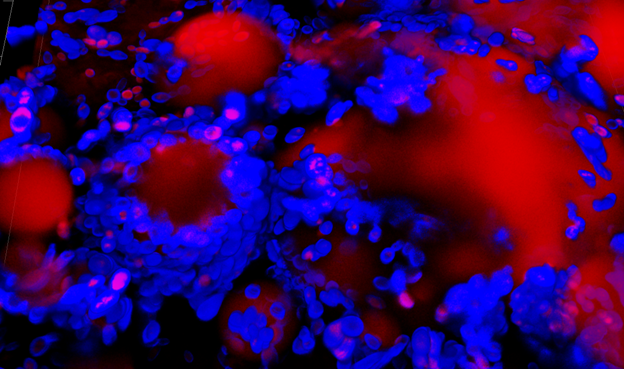
Yarrowia lipolytica reallocates its production of protein toward energy and lipid metabolism to grow on hydrocarbons and produce high-value chemicals.
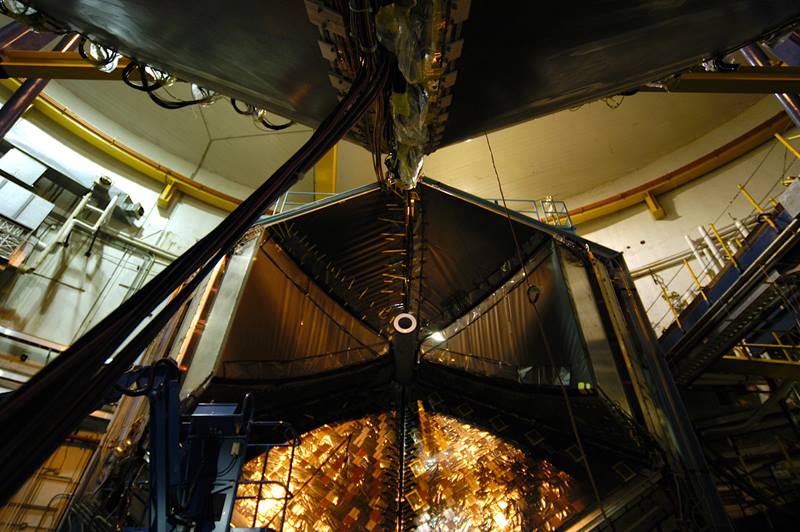
New insights reveal details of how strange matter forms.

The first results from the MAJORANA experiment dramatically improve current limits on this rare isotope’s decay.
Decades of research supported by the Department of Energy informed a national strategy to measure and monitor greenhouse gas emissions.

Researchers determined the neutron skin of lead-208 from experimental data collected in lead-lead collisions at the CERN Large Hadron Collider.
To help make our science workforce as vibrant and diverse as our nation, Director Berhe visited universities across the country.
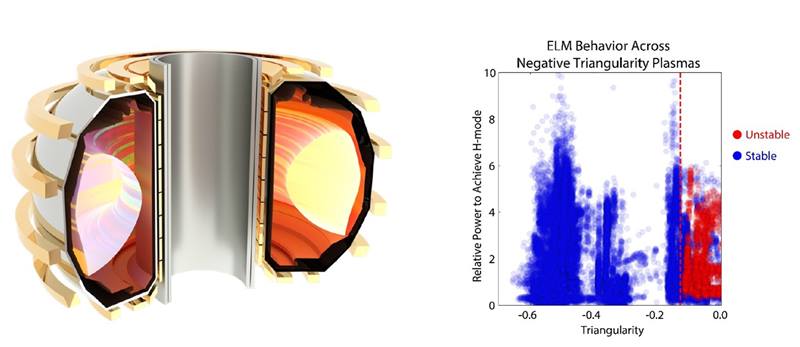
Plasmas with negative triangularity show reduced gradients that develop into instabilities, including under conditions relevant to fusion power plants.
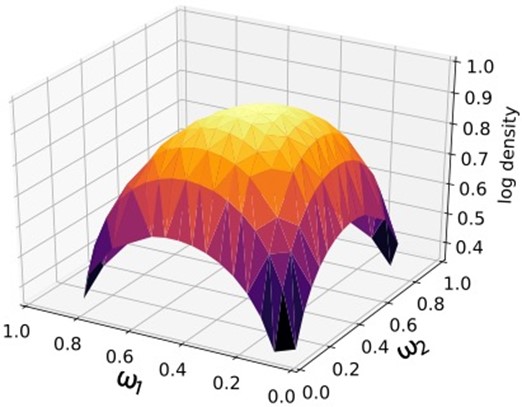
Bayesian statistical methods help improve the predictability of complex computational models in experimentally unknown research.
Scientists are working to standardize a process to create images of clumped cancerous cells. This technology could help lead to new treatments.
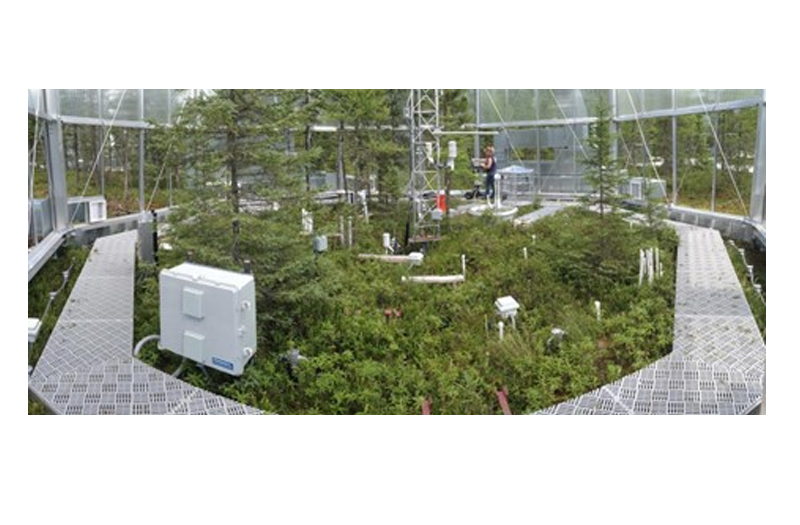
Experiments find increased temperatures and carbon dioxide rapidly altered peatland carbon stocks, highlighting peatlands’ vulnerability to climate change.

Nitrogen-9 has only two neutrons to its seven protons and decays to an alpha particle by emitting five of its protons in stages.

A new correction factor for predicting dissolution rates uses measurable geological properties in fractured media.
Since the 1990s, the Atmospheric Research Measurement team has found new and better ways to use unmanned aerial systems for research.
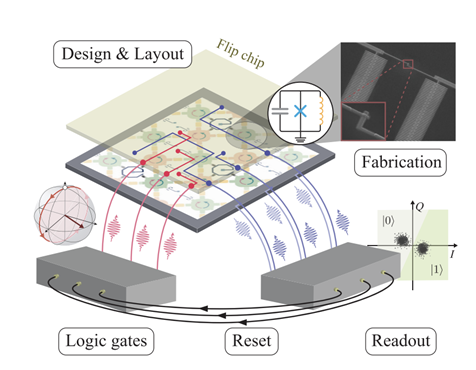
Fluxonium qubits can build cutting-edge quantum devices that will harness the potential of quantum computing.

Theoretical calculations and experimental data combine to reduce uncertainty in a key reaction rate in modelling high-energy solar neutrinos.
When research didn’t go as planned, an alternative led scientists to a surprising result and a new approach to understand it.

The Project 8 and He6-CRES collaborations use a new technique to set an upper limit on neutrino mass and prepare to test the nature of the weak force.
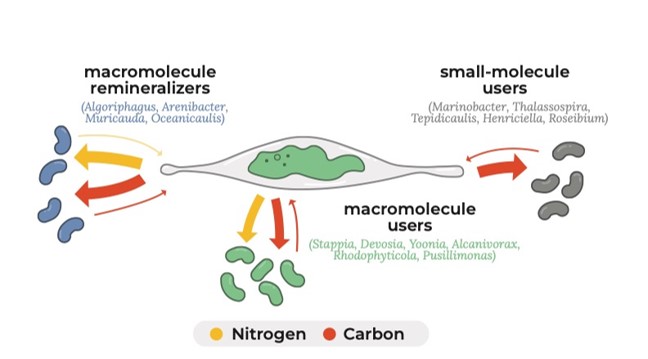
High resolution isotope analysis of the algal microbiome identifies ecological strategies not predicted by genome content.

FAIR (findable, accessible, interoperable, reusable) principles facilitate the use of large data sets by human and machine researchers.
As a PuRe Data Resource, the Materials Project makes data easier to find, access, and reuse.

Nuclear physicists have found the location of matter inside the proton that comes from the strong force – a fundamental force that holds protons together.
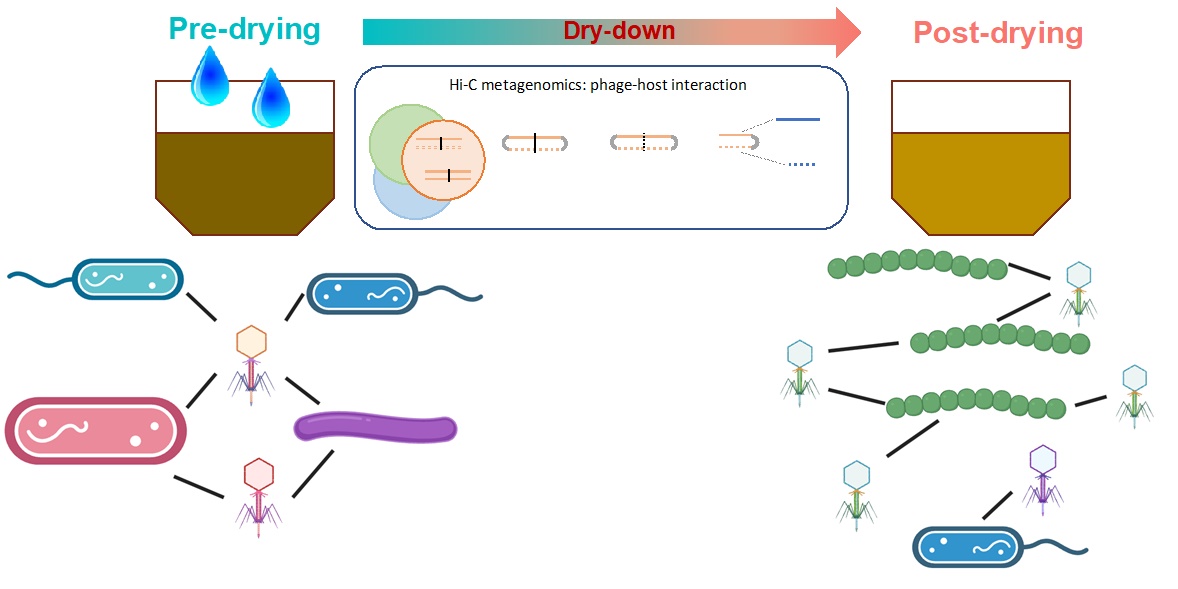
The first application of High-Throughput Chromosome Conformation Capture (Hi-C) Metagenome Sequencing to soil captures phage-host interactions at the time of sampling.
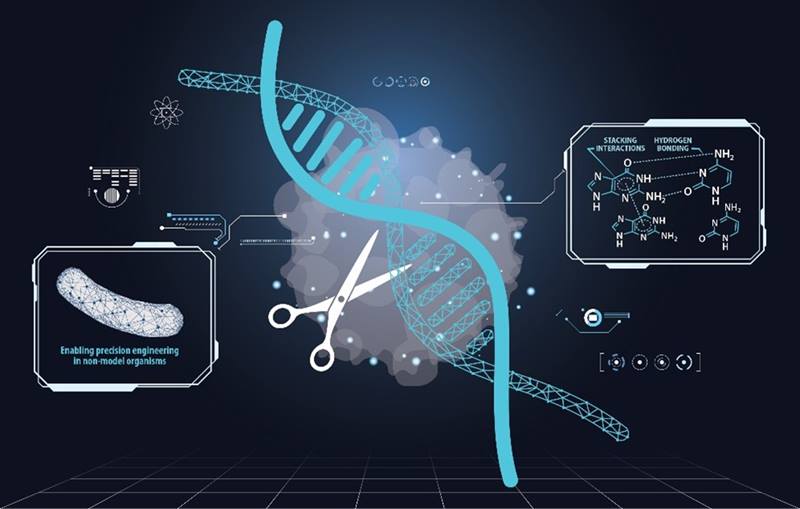
Improving genome engineering with quantum biology and artificial intelligence.
A new experiment at DOE’s Princeton Plasma Physics Laboratory will provide insight into a fundamental process in plasma.

A measurement tracking ‘direct’ photons from polarized proton collisions points to positive gluon polarization.
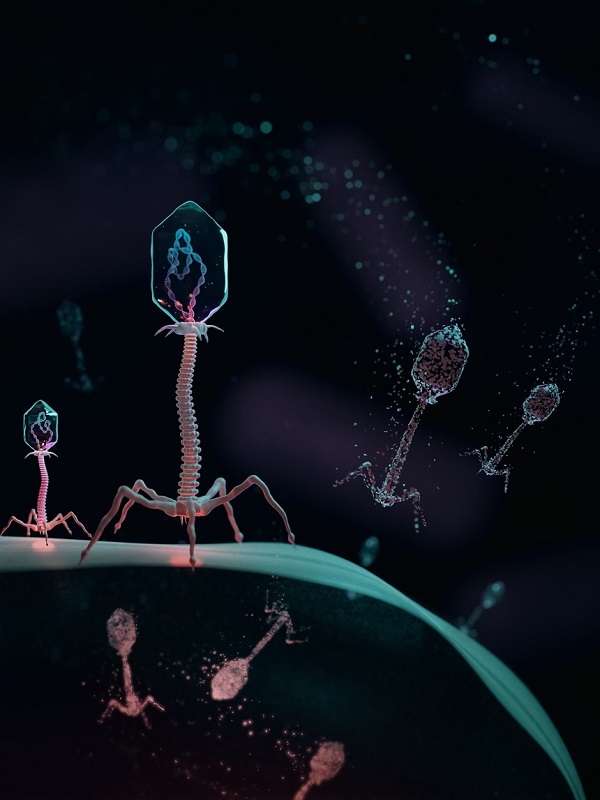
Scientists engineered a model bacterium’s genetic code to make it virus-resistant and unable to exchange genetic material or grow without special media.

Forefront nuclear physics capabilities and machine-learning data analyses combine to generate new information on quantum energy levels in sulfur-38.
Scientists compared data on galaxy clusters from simulations and telescopes to check if the observed data is representative enough to test theory.
Turning a long-standing user facility into a data center helped increase space at Brookhaven National Laboratory while saving money and materials.